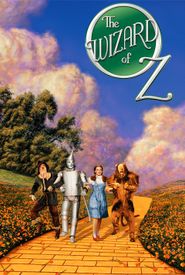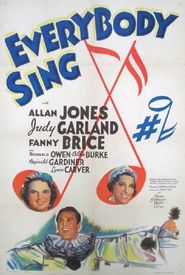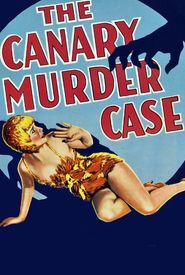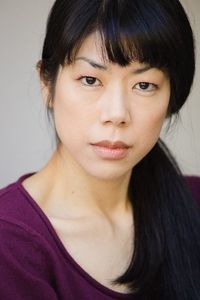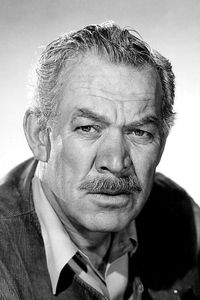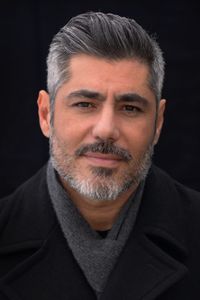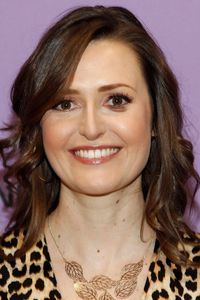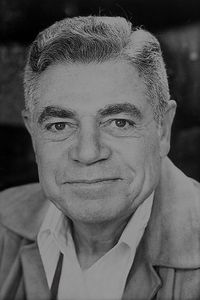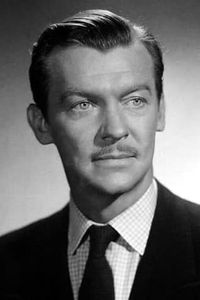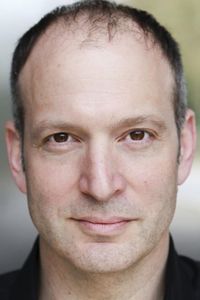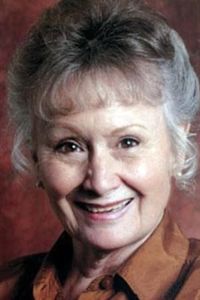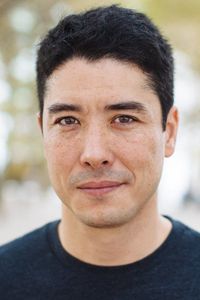Florence Ryerson, a multifaceted American creative genius, left an indelible mark on the world of literature and cinema through her impressive body of work, comprising an array of captivating plays, screenplays, and short stories. Her most notable and enduring contribution to the realm of popular culture is undoubtedly her role as a co-writer on the timeless and iconic fantasy film "The Wizard of Oz", a cinematic masterpiece that has enchanted audiences for generations since its release in 1939.
Florence Willard, a remarkable individual, entered the world in 1892, specifically in Glendale, California, where she was born to a remarkable family. Her father, Charles Dwight Willard, a respected journalist, worked for the esteemed Los Angeles Times and Los Angeles Herald, leaving a lasting impact on the city's literary scene. Furthermore, Charles Dwight Willard was a prolific author, having penned several notable books, including a comprehensive history of Los Angeles, which undoubtedly showcased his deep understanding of the city's rich heritage.
Florence embarked on a prestigious academic journey, matriculating at the esteemed Stanford University, followed by a stint at Radcliffe College, where she honed her intellectual prowess. Subsequently, she entered into a marital union with Harold Swayne Ryerson, a gentleman engaged in the production of ladies' attire. Florence's literary endeavors commenced with a focus on short story writing, resulting in the publication of an impressive total of over 30 stories in various periodicals spanning the years 1915 to 1927.
In the year 1926, a significant event took place, marking the beginning of a new chapter in the professional life of a talented individual, Ryerson. As a result of her exceptional skills and abilities, she was hired by the renowned film studio, Metro-Goldwyn-Mayer, to take on the role of a screenwriter.
Within the walls of this esteemed institution, Ryerson had the opportunity to work on a wide range of films, including both silent and sound productions. Her impressive repertoire included contributions to popular film series, such as the Fu Manchu and Philo Vance franchises, which garnered significant attention and acclaim from audiences and critics alike.
In addition to her work in the film industry, Ryerson also pursued a passion for literature, collaborating with her second husband, Colin Clements, on a series of novels. These literary endeavors were eventually adapted into both stage plays and films, further solidifying Ryerson's reputation as a multifaceted and talented creative force.
Ryerson and Clements embarked upon a significant venture, acquiring the historic Workman Ranch situated in the picturesque San Fernando Valley. Renaming the property Shadow Ranch, the duo embarked upon a meticulous restoration process to transform the 19th-century adobe into their primary residence for the late 1930s and 1940s.
As they settled into their newly restored home, Ryerson and Clements found inspiration in their surroundings, collaborating on the creation of several Broadway plays that would soon make their mark on the world of theatre.
The year 1939 marked a significant milestone in the illustrious career of L. Frank Baum's collaborator, who co-authored the screenplay for the timeless classic "The Wizard of Oz". This remarkable individual played a pivotal role in bringing Baum's beloved children's novel to life on the silver screen.
As a testament to their creative genius, this screenwriter is credited with crafting the character of Professor Marvel, a clever and enigmatic figure who serves as the Kansas counterpart to the illustrious Wizard of Oz himself. This masterful creation has become an integral part of the "Wizard of Oz" narrative, endearing itself to audiences of all ages.
Ruth Fielding Ryerson's contributions to the world of cinema are a testament to her remarkable talent and dedication to her craft. Her work on "The Wizard of Oz" remains a lasting legacy, a shining example of her ability to bring imaginative stories to life on the big screen.
Clement's passing in 1948 marked a significant turning point in the life and career of Ryerson, who subsequently devoted herself to crafting theatrical plays that would go on to be staged by the local high school in the quaint town of Hampton Falls, New Hampshire, where she would ultimately retire in 1951.
Ryerson's remarkable journey came to a close in Mexico City, where she breathed her last at the tender age of 72, succumbing to the relentless grip of heart failure in the year 1965.

